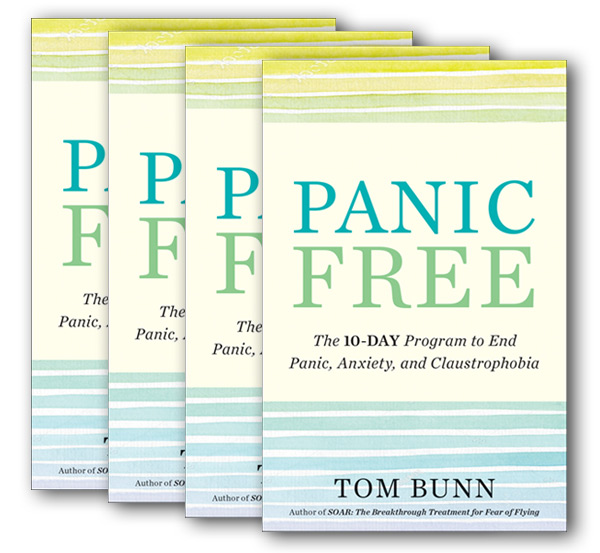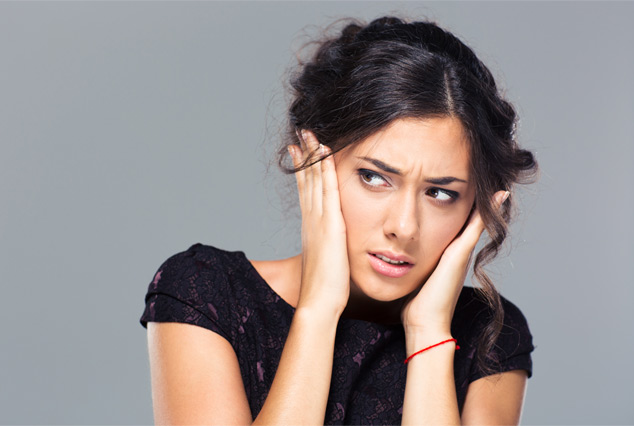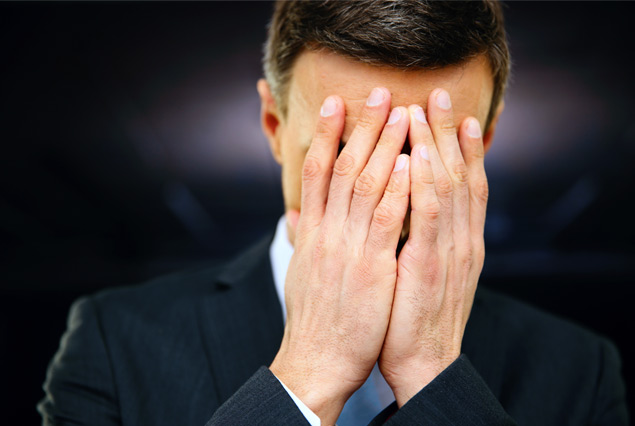Questions
There hasn't been an effective solution to panic attacks until this book was written by Tom Bunn - a retired Airline captain and licensed therapist with several decades experience in helping clients with panic attacks - and understanding their concerns and identifying new ways to overcome panic attacks.
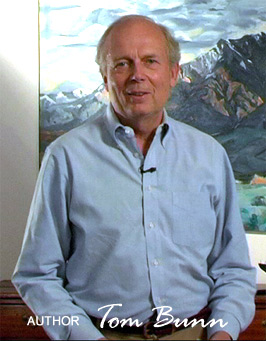
Yes, but there are serious side effects. Benzodiazepines, the medications most often prescribed for panic, are highly addictive in the high doses needed to block panic.

Panic takes place when the parasympathetic nervous system fails to properly override stress hormones. To prevent panic, this book picks up where development was arrested, and brings development of the parasympathetic nervous system forward.
Why is this book so important?
Until now, panic attacks have been a problem without a solution. According to the Anxiety and Depression Association of America, 6,000,000 Americans have panic disorder. Read More
An estimated 4.7% of U.S. adults experience panic attacks at some time in their lives. Read More
Only one person in seven treated using Cognitive Behavioral Therapy (CBT), the most commonly used psychotherapy, becomes panic free. Read More
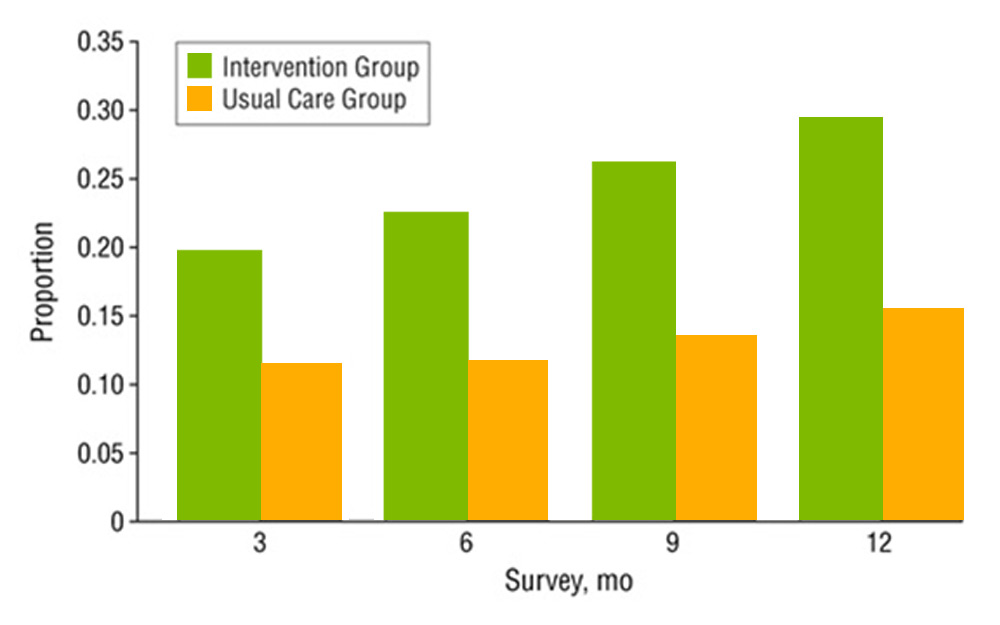
This Journal of the American Medical Association graph shows the proportion of patients whose panic attacks were ended by treatment in a large study. Patients receiving only CBT are in yellow and patients receiving CBT and medication are shown in green.
CBT has been called the gold standard treatment for panic disorder.
How can it be called that when so few become panic free?
Can’t medication relieve panic?
Yes, but there are serious side effects. Benzodiazepines, the medications most often prescribed for panic, are highly addictive in the high doses needed to block panic. Read More
The Centers for Disease Control and Prevention finds more than thirty percent of prescription drug overdose involve benzodiazepines. Read More
As to death by overdose, a recent study is shocking. According to a report issjed December 12, 2018 by Centers for Disease Control and Prevention's National Center for Health Statistics (NCHS), "the proportion of deaths involving both the referent drug and at least one other concomitant drug ranged from 50% for methamphetamine to 96% for alprazolam or diazepam." Read More
What does a person experience during a panic attack?
During a panic attack, a person may experience: Heart palpitations, a pounding heartbeat, or an accelerated heartrate, sweating, trembling or shaking, Sensations of shortness of breath, smothering, or choking, feelings of impending doom, feelings of being out of control
What is unique about the method taught in this book?
Our level of arousal is supposed to be governed automatically by the autonomic nervous system. It has two parts. One part, the sympathetic nervous system revs us up when the amygdala, due to sensing something unfamiliar or unexpected, releases stress hormones. The other part, the parasympathetic nervous system (para means against) overrides stress hormones when it senses safety. How well these systems regulate arousal depends primarily on the nature of the person’s relationships during formative years.
Panic takes place when the parasympathetic nervous system fails to properly override stress hormones. To prevent panic, this book picks up where development was arrested, and brings development of the parasympathetic nervous system forward.
If this is so simple that it can be accomplished by a book, why hasn’t it been done before.
The methods in this book were developed in a unique environment. Most therapists treat a variety of problems, and treat only a dozen or so fear of flying clients in an entire career. But Bunn, both an airline pilot and a licensed therapist, worked with thousands of fear of flying clients who, like him, were focused on one problem: the control of panic that stopped them from flying. This unique situation yielded answers that had never even been thought of.
Can you tell me more about how this method works?
As I mentioned, we need to bring parasympathetic nervous system development forward. When something happens that causes stress hormones to be released, feelings of alarm grab our attention. That's good. We need to figure out what's going on. But to figure it out, we need to calm down. We can't do a good job of figuring out what's going on in a state of alarm.
So how do we get rid of this feeling of alarm? The parasympathetic nervous system is supposed to step in. The parasympathetic system has to learn to do that. In most cases, In people who don't have a panic problem, their parasympathetic system has learned to automatically down-regulate alarm well enough for them to figure out what's going on. That down-regulation doesn't happen for people who have problems with panic. When stress hormones are released, and they feel alarmed, they stay alarmed until the stress hormones simply burn off. During that state of alarm, awful things they fear are happening (but are not) are experienced as a life-threatening emergency, and there is no way to escape. If they could think clearly, they would recognize what they fear is imaginary. Instead, a pounding heart is experienced as a heart attack. Difficulty breathing is experienced as suffocation. Overwhelm is experienced as going crazy.
Automatic downregulation keeps imagination from taking over. Here is how automatic down regulation is supposed to be learned.Our parasympathetic nervous system can be activated only by others, A person who is with us physically can activate it. But so can a person who - because of the quality of our relationship with them - is carried inside us. A baby’s parasympathetic system is genetically programmed to respond when a caregiver presents an attuned face, a calm voice, and a loving touch. So for months after birth, the young child is dependent on caregivers to calm them down when they get alarmed. Read More
As the child’s brain develops, it retains memories of the caregiver’s face, voice, and touch. If a caregiver responds consistently when the child is upset, the child comes to expect that the caregiver will appear to calm her. Anticipating this response, the child imagines the caregiver’s face, voice, and touch. This imagination immediately activates the parasympathetic system and calms the child. Then the caregiver arrives. The caregiver sees the child, who was upset, is now fine.
What happens next is important. If the child’s caregiver follows through with a calming response, the child’s expectations are reinforced, and a program begins to form in the child’s mind. The program has four steps.
First, hyperarousal causes her to wish for her caregiver.
Second, because her caregiver is dependable, she expects the caregiver to appear.
Third, she imagines her caregiver’s face, voice, and touch.
Fourth, imagination activates her calming parasympathetic nervous system. In other words, hyperarousal causes expectation, which causes imagination, which activates calming.
If these four steps are established as a program in the child’s mind, alarm will be automatically down-regulated throughout her life. She will not be subject to panic because automatic down-regulation will allow her to think clearly under stress.
What we do in the book is teach the reader to establish that program now that didn’t get adequately “installed” at around eighteen months. The steps are laid out clearly. They can tune up the parasympathetic system end panic in a week to ten days.
How effective is this method?
The research done thus far surveyed eighty-nine participants in Bunn’s SOAR Fear of Flying Course who had reported in-flight panic prior to the course. The course was aimed only at controlling panic during flight. Following the course, 60 of the 89 participants reported no panic in flight. Sixteen reported less panic in flight. That means 67% became panic free and 85% were free of panic or had less panic during flight.
Prior to the fear of flying course, sixty-nine of the eighty-nine experienced panic on the ground as well as in flight. After the course - though no effort was made to address panic on the ground - forty reported no panic on the ground and nine reported less panic on the ground. This means 58% became panic free and 71% became panic free or improved.
Since this book is focused solely on panic on the ground, the results can reasonably be expected to be significantly higher.
How does this compare with CBT and medication combined? In a 2005 study of 105 patients who received CBT and anti-anxiety medication. 29 percent reported no panic attacks after 12 months.
How does this compare with CBT alone? In a study of 312 panic disorder patients who received CBT treatment or placebo treatment, 39.5 percent who received CBT responded to treatment. But, since those given placebo treatment showed a 13% response rate, the response rate that can be attributed to CBT was only 26.5. Even so, response” refers to improvement, not freedom from panic. Research shows the rate for freedom from panic with CBT is 17%.
"Tom Bunn helps you live Panic Free"
homePanic Free Reviews
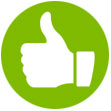
Judith Pearson, PhD
Director | International Masterson Institute

Panic Free delivers. I have been both a clinician and a researcher for over thirty years. Yet, this book still imparts to me new knowledge and skills.
Joseph Indelicato, PhD
Chair | Touro College Research Collaborative

Panic Free allows everyone to embrace their full potential with specific, focused, clearly explained and practical steps to break free from panic attacks. Hurry, buy the book and transform your life.
Marla Friedman, Psy.D. PC
Licensed Psychologist

Edward H. Plimpton, PhD
Department of Psychology | Smith College

Stephen W. Porges, PhD
Professor of Psychiatry | University of North Carolina
